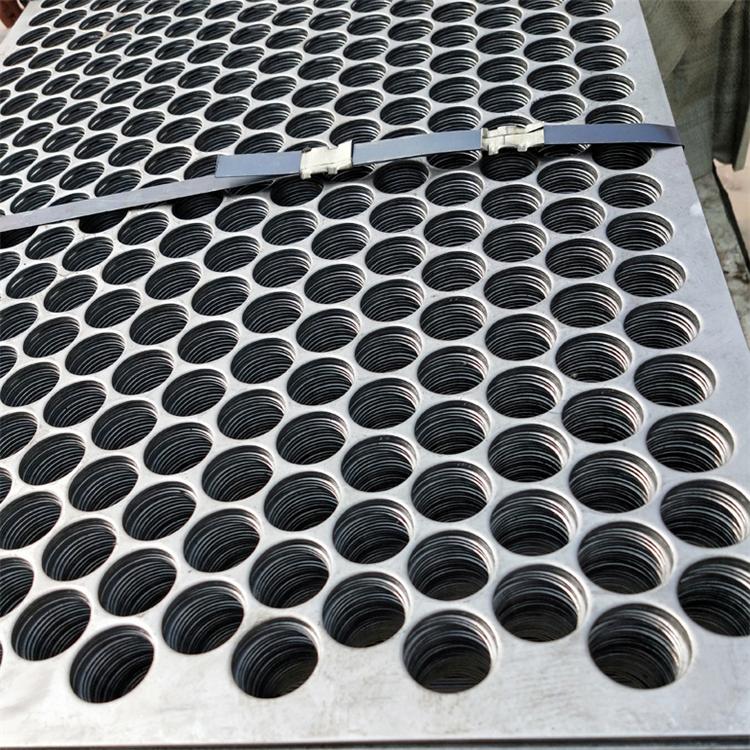Making a Rope Climbing Net
Creating a rope climbing net can be an exciting and rewarding project, suitable both for recreational and practical uses. Whether you're setting up a climbing gym, creating a fun play area for children, or enhancing a training space for athletes, a rope climbing net can provide numerous benefits. In this article, we will explore the steps involved in making a rope climbing net, the materials needed, safety considerations, and some creative ideas for usage.
Materials Needed
To start your rope climbing net, you'll need specific materials that ensure safety and durability
1. Rope Choose high-quality, durable climbing rope. Nylon or polyester ropes are optimal due to their strength and resistance to wear and tear. A thickness of at least 1/2 inch is recommended for a sturdy net.
2. Carabiners These are essential for securing the rope at anchor points. Make sure to select locking carabiners to ensure that the net remains secure during use.
3. Webbing or Slings These can be used to create the anchors and climbing points. Look for heavy-duty webbing that can withstand weight and stress.
4. Tools A measuring tape, scissors, and a burning tool (like a lighter) will help you cut the rope to your desired sizes and finish the ends to prevent fraying.
Steps to Construct the Climbing Net
Step 1 Determine Dimensions Start by deciding on the size of the climbing net. The dimensions will depend on the available space and the intended use of the net. A standard net size could range from 8 feet by 8 feet for children's play areas to larger dimensions for training spaces.
making a rope climbing net

Step 2 Cut the Rope Once you have defined the dimensions, cut the rope into lengths that suit your design. For a square net, you'll need both vertical and horizontal pieces. The number of squares will depend on how dense you want the climbing surface to be.
Step 3 Burn the Ends To prevent the rope from fraying, carefully burn the ends of each cut length using a lighter. This melts the fibers and creates a solid end that won’t unravel.
Step 4 Create a Grid Start tying the horizontal and vertical ropes together in a grid pattern. Use strong knots, such as square knots or double fisherman's knots, to ensure that the connections are secure. Make sure the spacing between each knot is consistent, allowing easy hand or foot holds.
Step 5 Secure the Net Once your grid is completed, it’s time to secure the climbing net. Attach carabiners to the top corners of the net, which can then be connected to strong anchor points. Ensure that these anchors are stable enough to support the weight of climbers using the net.
Safety Considerations
Safety is paramount when creating and using a climbing net. Always inspect the rope for wear or damage before use, and ensure that the anchors are secure. It’s a good idea to use the net with soft landing surfaces like mats or grass beneath it to minimize injury risks in case of falls. Additionally, supervising younger users is essential to ensure safe climbing practices.
Creative Usage Ideas
Beyond climbing gyms, a rope climbing net can be used in various creative ways. For instance, it can serve as a unique playground structure for kids, promoting physical activity and improving their climbing skills. In fitness training, the net can be an excellent tool for obstacle courses or practice for rock climbing techniques.
In conclusion, creating a rope climbing net is a fun project that offers numerous benefits and opportunities for physical engagement. By following the proper steps, using the correct materials, and prioritizing safety, you can craft a durable and enjoyable climbing net for various uses. Whether it's for play or training, a climbing net can encourage active lifestyles and foster skills in climbing and endurance.
-
The Best Metal Mesh Solutions: Expanded Aluminum Metal vs. Expanded Stainless Steel Metal
NewsSep.10,2024
-
Round Perforated Sheets vs. Hexagonal Perforated Sheets vs. Embossed Perforated Sheet Metal
NewsSep.10,2024
-
Perforated Metal Sheets
NewsSep.10,2024
-
Experience The Excellence Of Stainless Steel Grating
NewsSep.10,2024
-
Discover the Versatility Of Metal Mesh Expanded Forming Machines
NewsSep.10,2024
-
Discover The Advantages Of Steel Grating For Sale
NewsSep.10,2024
Subscribe now!
Stay up to date with the latest on Fry Steeland industry news.

